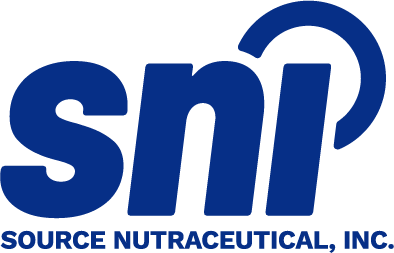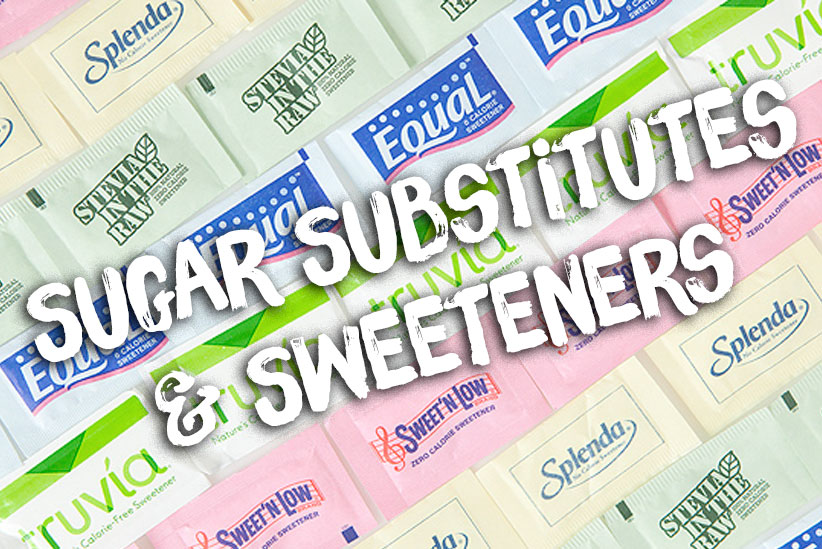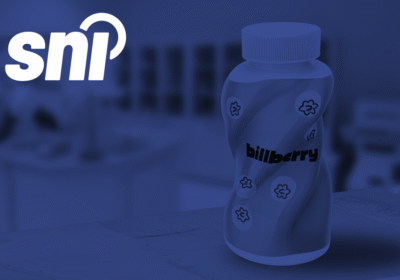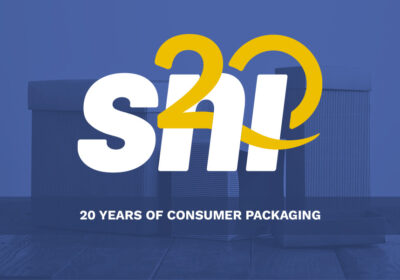Most of us can’t deny enjoying something sweet to drink or eat every now and then. With the knowledge that too much sugar isn’t great for our diets, food and beverage companies have been trending towards sugar substitutes and sweeteners.
Not all are created equally though, and some in fact are not even permitted in the Canadian market! This is extremely important information, especially for those who sell or who are planning to sell products in Canada. Sugar substitutes are regulated in Canada by Health Canada, and sweeteners are only approved when scientific evidence confirms that they are safe.
Check out our list of list below of sweeteners and substitutes, and whether they are allowed, cautioned or banned in Canadian products. Do any surprise you?
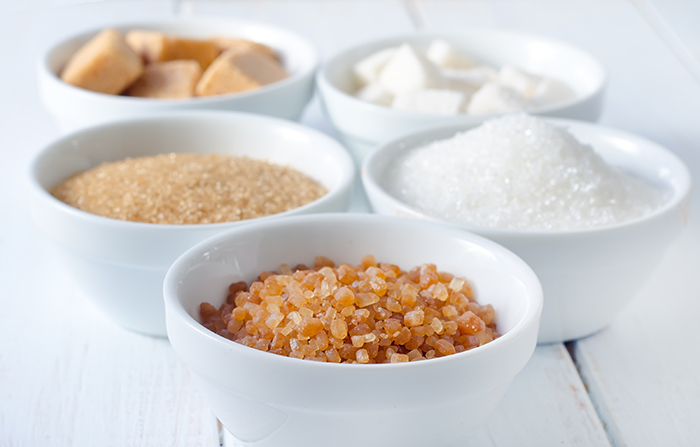
GREEN LIGHT – Generally allowed and considered safe

1. Honey
Calories: 21 calories / teaspoon
Source: Honey is often considered to be more natural, but it is still sugar, a concentrated source of calories with very few other nutrients. The body can’t tell the difference between these calories and regular white sugar.
Common Use: breakfast cereal, salad dressings, baked goods

2. Agave Fruit
Calories: 20 calories / teaspoon
Source: Agave Fruit a nectar, the product of the agave cactus, the taste and texture are similar to that of honey. Like honey, agave is no healthier than other types of added sugar.
Common Use: breakfast cereal, syrups

3. Sugar Alcohols – Maltitol, Mannitol, Sorbitol, Xylitol
Calories: ~10 calories / teaspoon
Source:
Sugar alcohols are not metabolized by the bacteria in the mouth, so they have little to no contribution to tooth decay. Like other sugar alternatives, sugar alcohols should be limited. All sugar alcohols are found naturally, but when used commercially they are derived from certain products and are no longer really considered to be natural.
Maltitol
Naturally: chicory leaves
Commercially derived from: wheat and corn
Mannitol
Naturally: mushrooms and algae
Commercially derived from: fructose or glucose syrup
Xylitol
Naturally: birch and small amounts in fruits and vegetables
Commercially derived from: wheat and corn
Sorbitol
Naturally: many fruits
Commercially derived from: starch (usually from corn, wheat and potato starches)
Common Use: candy, frozen desserts, ice cream products
YELLOW LIGHT – Cautionary /Allowed under specific circumstances
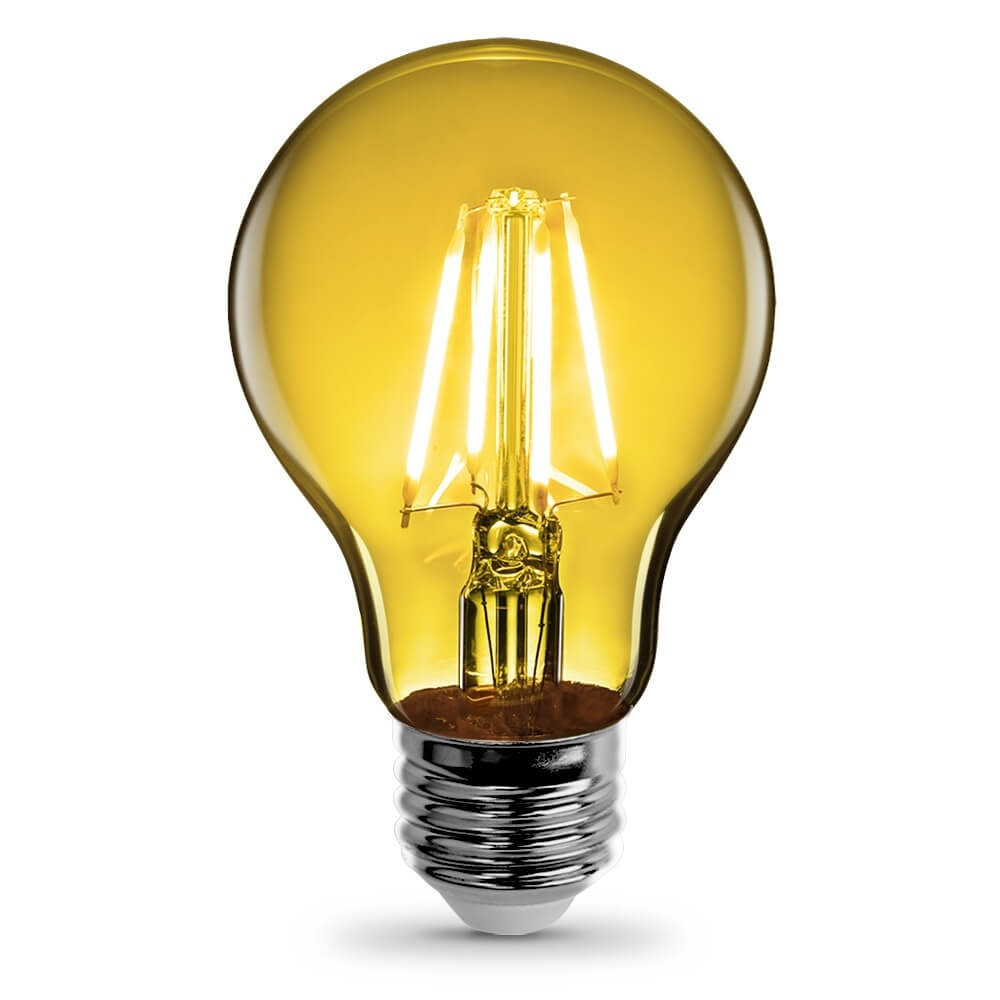
1. Acesulfame potassium
Calories: 0 calories / teaspoon
Brand name(s): Sunett, Sweet One
Common Use: soft drinks, candy
Caution: Allowed to be used as table top sweeteners if used according to GMP. Otherwise, added to certain foods, in certain amounts ranging from – 0.007 to 0.5%

2. Aspartame
Calories: 0 calories / teaspoon
Brand name(s): Equal™, NutraSweet™
Common Use: soft drinks, yogurt, candy
Caution: Allowed to be used as table top sweeteners if used according to GMP. Otherwise, added to certain foods, in certain amounts ranging from – 0.05 to 1.0%

3. Neotame
Calories: 0 calories / teaspoon
Brand name(s): Hermestas®
Common Use: dairy products, frozen desserts, puddings, fruit juices
Caution: Can only be bought at pharmacies in Canada. Allowed to be used as table top sweeteners if used according to GMP. Otherwise, added to certain foods, in certain amounts ranging from – 0.002 to 0.032%

4. Saccharin
Calories: 0 calories / teaspoon
Brand name(s): Sweet Twin, Necta
Common Use: canned fruit, chewing gum, frozen desserts, toppings/topping mixes, alcoholic liqueurs
Caution: Can only be added to certain foods, in certain amounts ranging from – 0.0025 to 0.25%. Saccharin sweeteners can also be sold for direct consumer use under specific conditions and can only be sold in pharmacies.

5. Steviol glycosides (Stevia)
Calories: 0 calories / teaspoon
Brand name(s): Truvia, Pur Via
Common Use: candy, gum, baking mixes, snacks.
Caution: Allowed to be used as table top sweeteners if used according to GMP. Otherwise, added to certain foods, in certain amounts ranging from – 0.013 to 0.35%.

6. Sucralose
Calories: 0 calories / teaspoon
Brand name(s): Splenda™
Common Use: soft drinks, baked goods, frozen desserts, canned fruits, syrups
Caution: Allowed to be used as table top sweeteners if used according to GMP. Otherwise, added to certain foods, in certain amounts ranging from – 0.015 to 2.5%

7. Monk fruit extract (Luo Han Guo)
Calories: 0 calories / teaspoon
Brand name(s): NectresseTM, PurefruitTM, Fruit-SweetnessTM, Monk Fruit in the Raw®
Common Use: beverages, baked good, yogurts, sauces, desserts, candies
Caution: Allowed to be used as table top sweeteners at 0.8% (calculated as mogroside V). Not permitted in manufacturing.
RED LIGHT – Not permitted
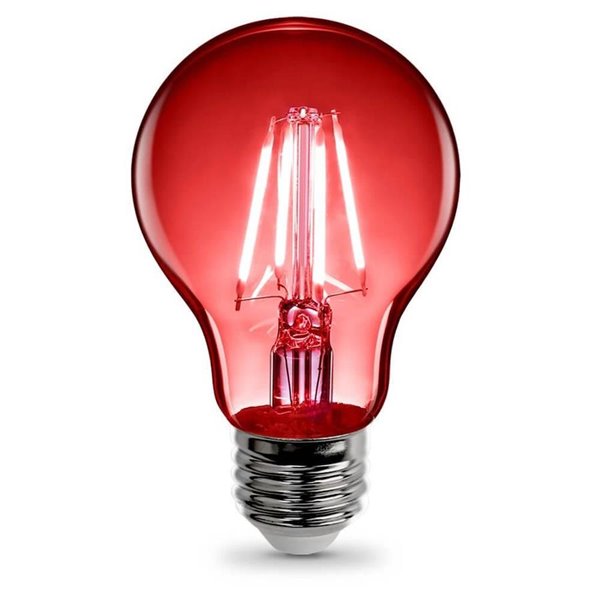
1. Cyclamate sweeteners
Calories: 0 calories / teaspoon
Brand name(s): Sucaryl®, Sugar Twin®, Sweet ‘N Low®
Common Use: table top sweetener
Caution: Cyclamate sweeteners are not permitted in foods in Canada, and may only be sold for direct consumer use under specified conditions outlined in the Food and Drug Regulations. Cyclamates are used as sweeteners in many parts of the world, including Europe.

Other Unapproved Sugar Substitutes/Sweeteners
Curculin – Approved only in Japan
Glycyrrhizin – Approved in the USA as GRAS. Approved in the EU as E958. Not in Canada
Glycerol – Recognized as a sugar alcohol by the FDA and classified as GRAS (Generally approved as safe). Approved in the EU as E422.
Inulin – Approved by the FDA as GRAS. Approved in many countries
Miraculin – Approved in Japan and some other countries
Monellin – Japan is the only country so far to have approved it.
Tagatose – Approved in the USA in 2003. Approved in the EU in 2006. Approved in many other countries. But not in Canada
Advantame – Approved by the FDA in the USA in May 2014. Not yet approved in Japan – where it is manufactured. Approved in the E.U as food additive 969. Approved in Australia and New Zealand. But not in Canada.
Alitame – Not yet approved in the USA or Canada. Approved in the EU as E956. Approved in Mexico, China
Neohesperidin dihydrochalcone – Not approved in the USA or Canada. Approved in the EU as E959.
